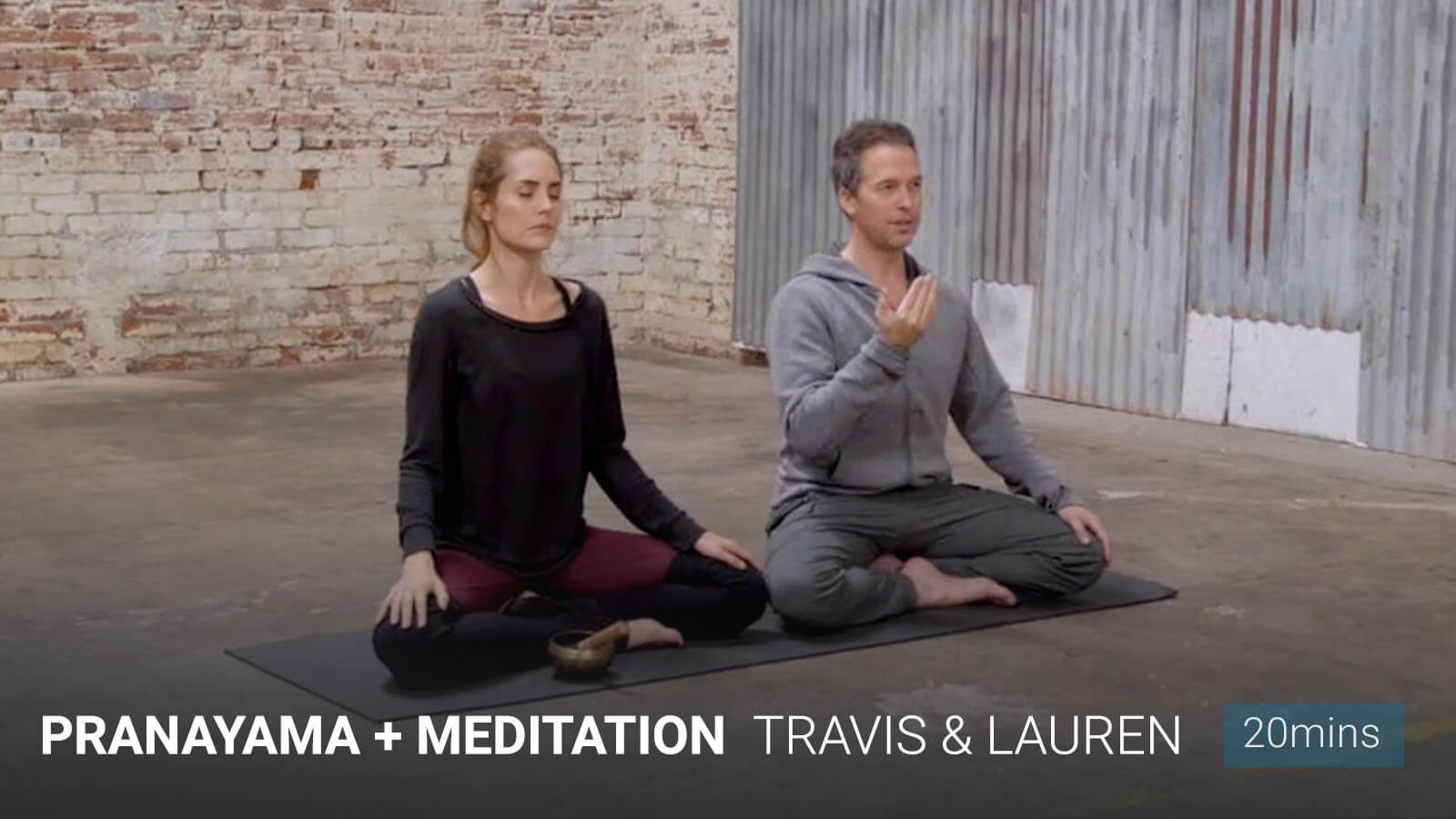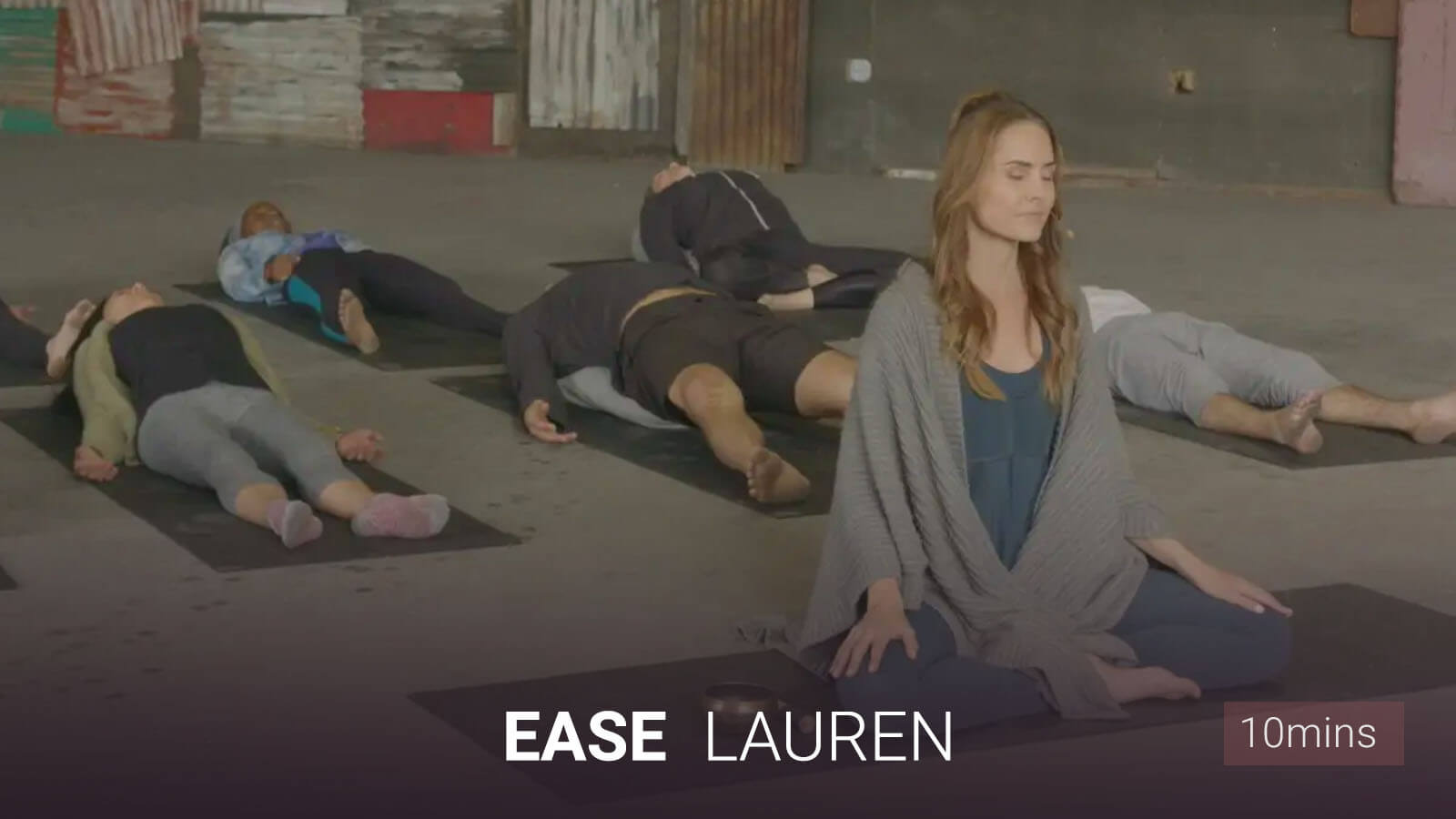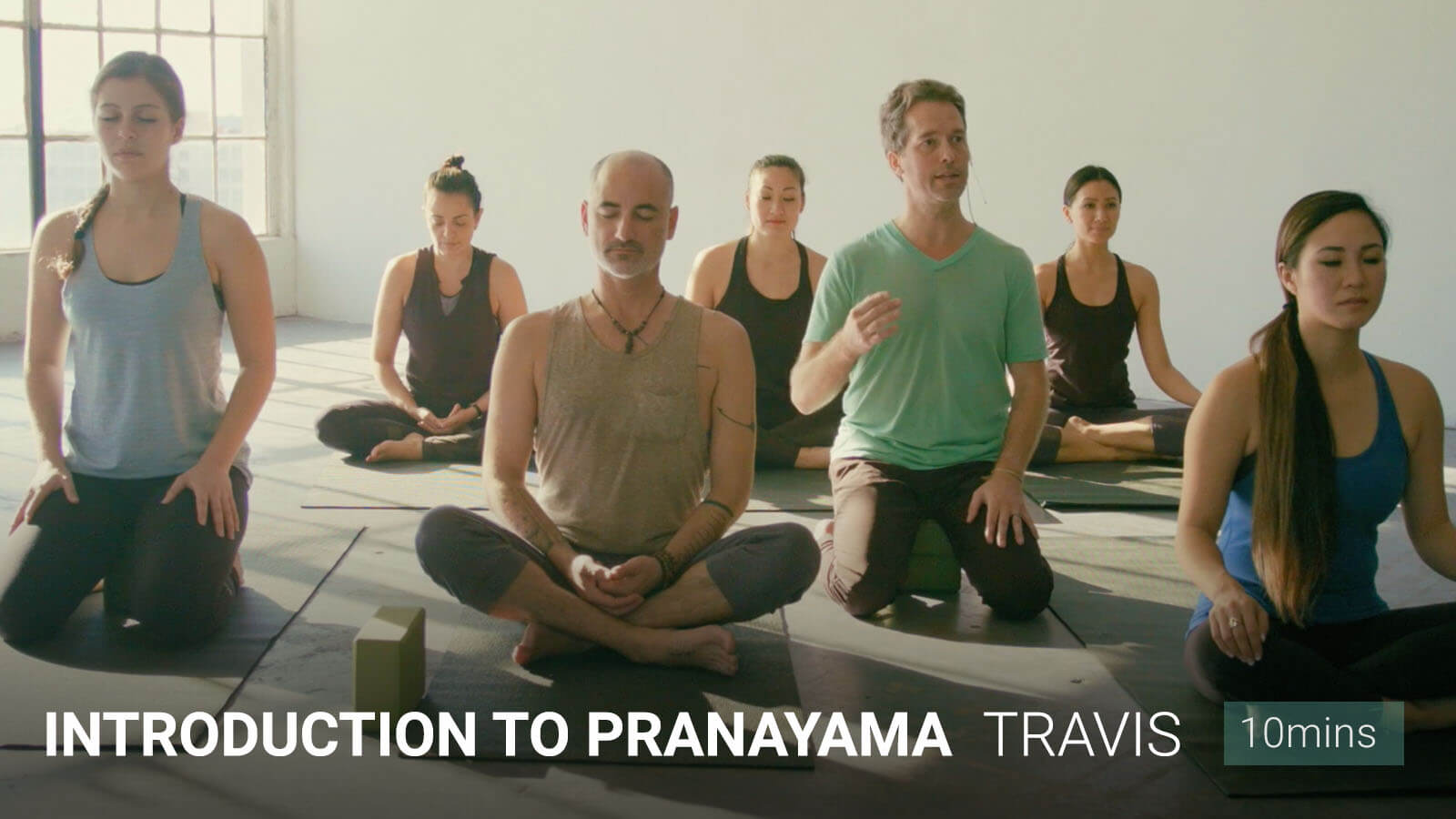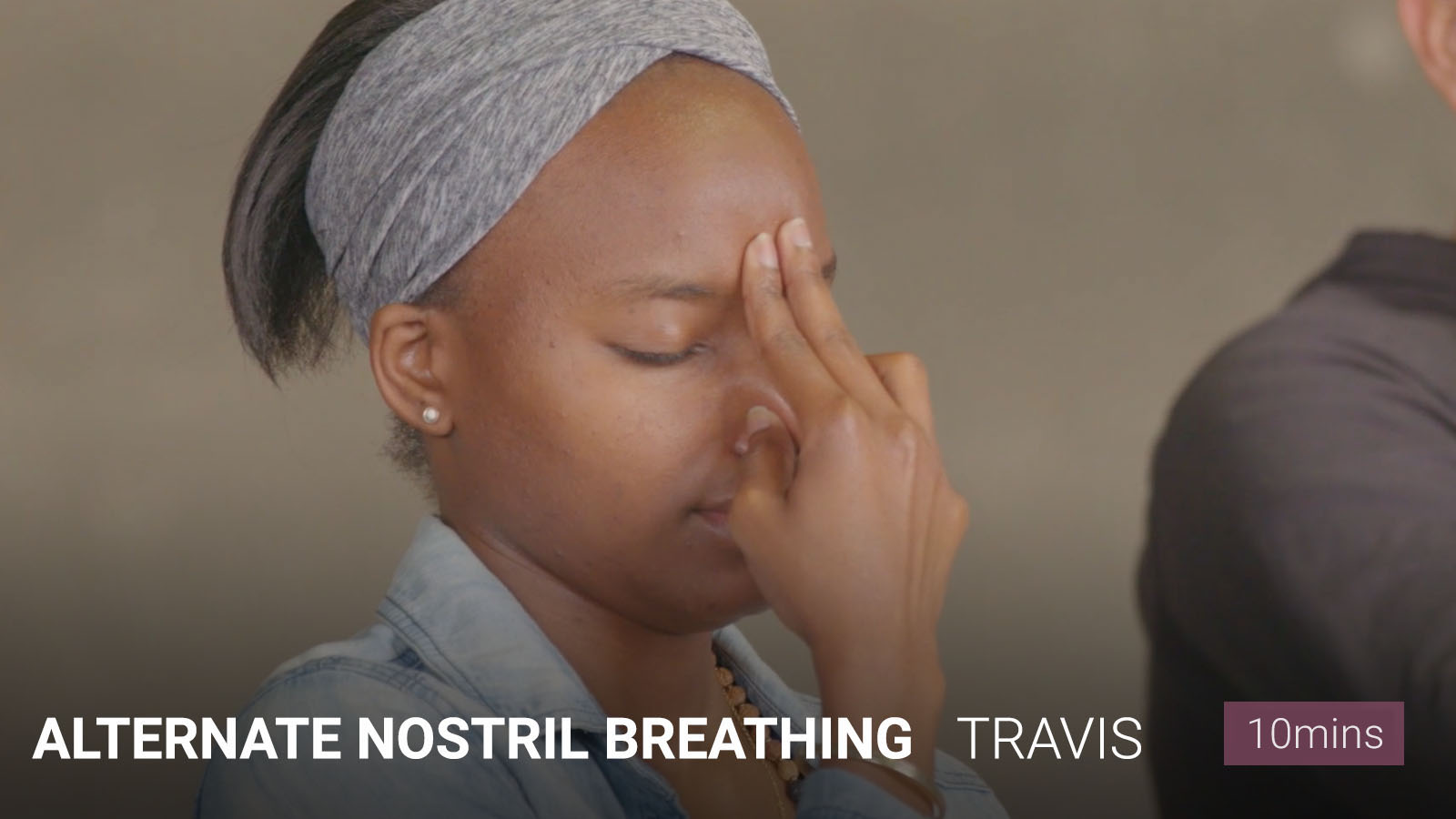Inner Reflections
December 14, 2020
Breathe Your Way To Health

Ongoing stress is one of the most damaging experiences not just for your mind and body but also for your skin. Because your breath is regulated by your autonomic nervous system, you probably don’t stop to think about the quality of your breath throughout your day.
The breath, like a muscle, can develop patterns of tension and restriction when exposed to prolonged stress. Over long periods of time if your breath remains irregular or shallow, it can impact your oxygen levels, impede circulation and inflame your skin.
Learning how to breathe will help clarify your mind, rejuvenate your body, improve your energy levels and even help heal your skin. The term “breath work” has become popular but is rooted in the ancient tradition of yoga and comes from a practice called Pranayama.
“Prana” means life force and “ayama” means to extend or draw out. So when you practice pranayama you are literally extending your life force! It makes sense then that this renewed life force would impact every system of your body including your skin which is your largest organ.
If this sounds interesting to you, below are three simple breathing exercises to help you get started:
1) Even Balanced Breathing or Sama Vrtti: Find a comfortable seat. Take a deep inhale through your nose. Exhale out of your mouth. Through your nose, inhale to the count of 4 in one, long, smooth breath. Exhale out of your nose to the count of 4 in one, long, smooth breath. Repeat this for 5 – 10 rounds.
Even balanced breathing will help to quiet a busy mind while bringing increased focus to your day. Perform this exercise at regular intervals throughout your day to help ease your mind, increase concentration and improve the quality of your presence.
Best of all, this exercise can be done at any time, even during a conversation, and no one would know! You can use this type of breath work to help steady yourself especially during challenging conversations, long meetings or moments when your patience is being tested.
2) Resonance Breathing: This type of breath work has been clinically studied and demonstrated to bring equanimity to the nervous system helping to balance your sympathetic and parasympathetic systems.
Find a comfortable seat. Take a cleansing breath: take a deep inhale through your nose and exhale out of your mouth. Through your nose, inhale to the count of 5 in one, long, smooth breath. Exhale out of your nose to the count of 7 in one, long, smooth breath. Repeat this for 5 – 10 rounds. After your final round take a final cleansing breath.
Sit in silence for several moments and notice how you feel. Consider moving through this exercise right before bed to help prepare your body and mind for good night’s rest.
3) Kapalabhati: This is a cleansing breath best done while seated on the floor but, find a place that’s sustainable for you. Close your eyes. Place one palm face down on your knee and cup your other hand over your belly, just below your navel.
Take a deep inhale through your nose, expanding your belly into your hand, and vigorously exhale out through your nose as if you were blowing your nose, contracting your belly in. As you exhale imagine you could snap your bellybutton toward your spine. The inhale will be short but will come naturally as the lungs suck air back in.
Continue in this way for 36 rounds or less if you become lightheaded. After the final round, pause. Take several natural breaths. Notice how you feel. If you feel comfortable repeat this for two more rounds of 36 breaths each.
Kapalabhati forces the excess carbon dioxide out of the body. This energizing breath helps to stimulate the mind, improve oxygen levels and circulation, creates gentle warmth and awakens your body.
Try this style of breath work when your energy or mood feels low and notice how just a few rounds brings a glow to your body, mind and skin. In addition, below are some recommended classes dedicated to the breath:



